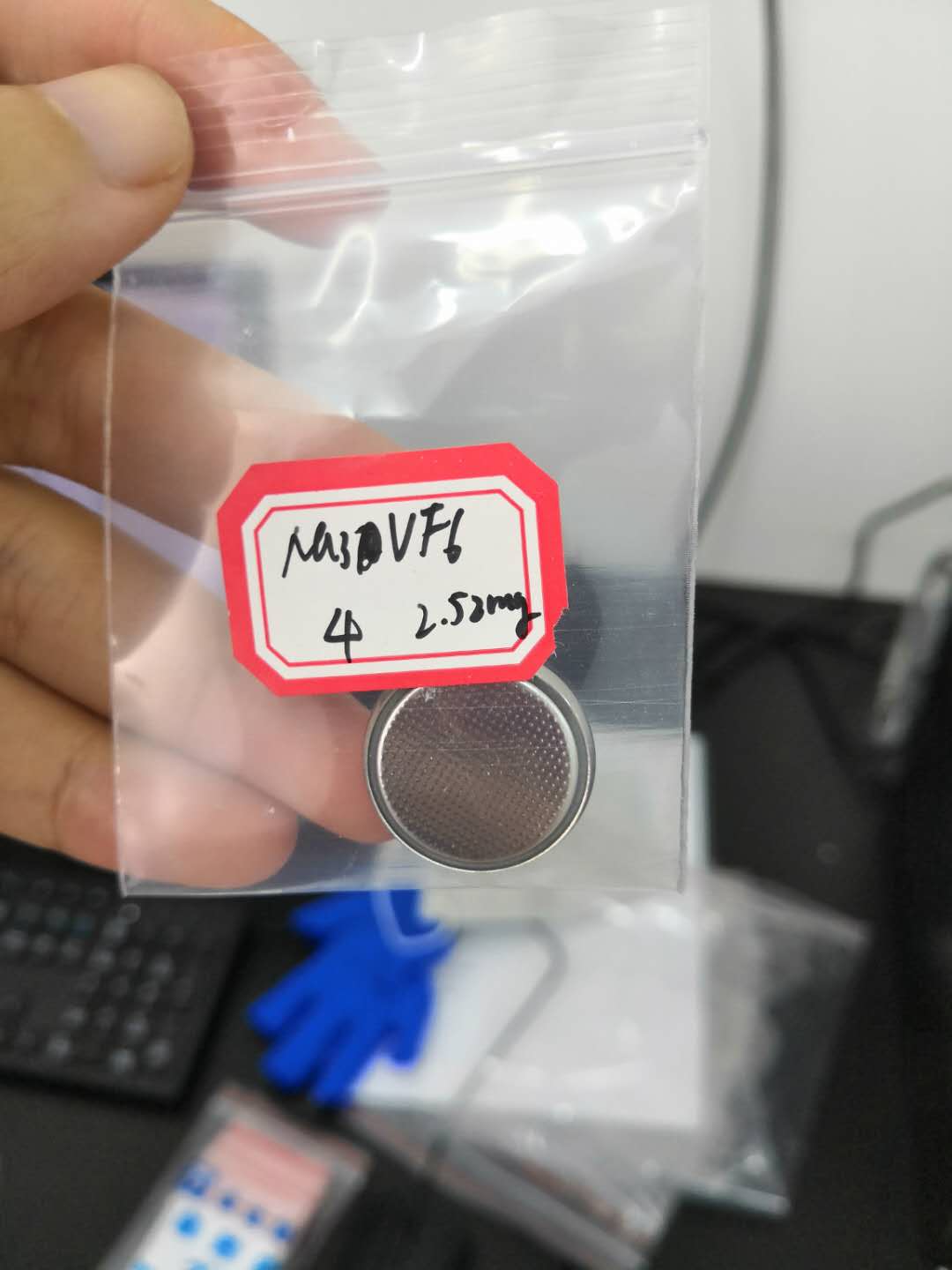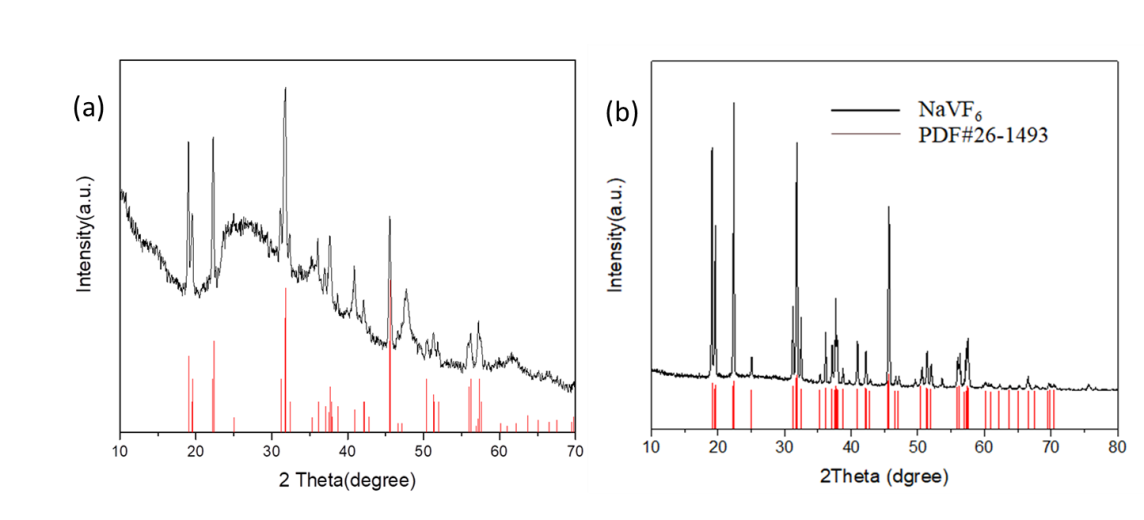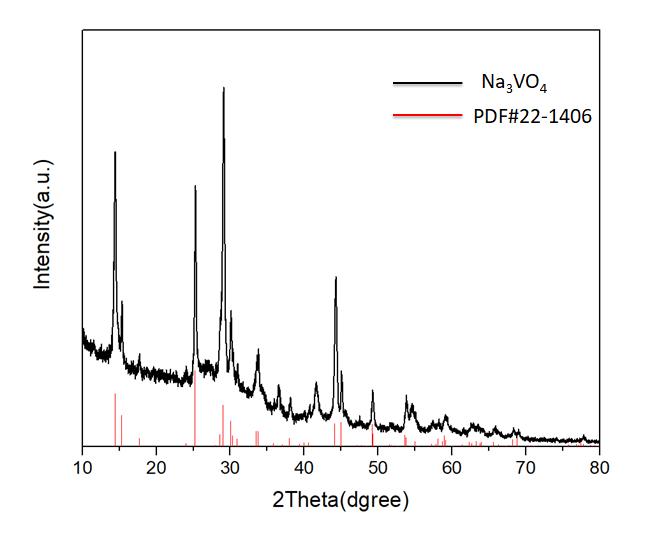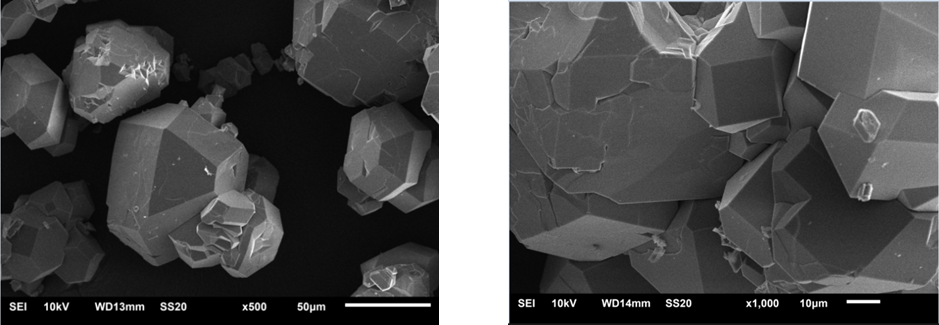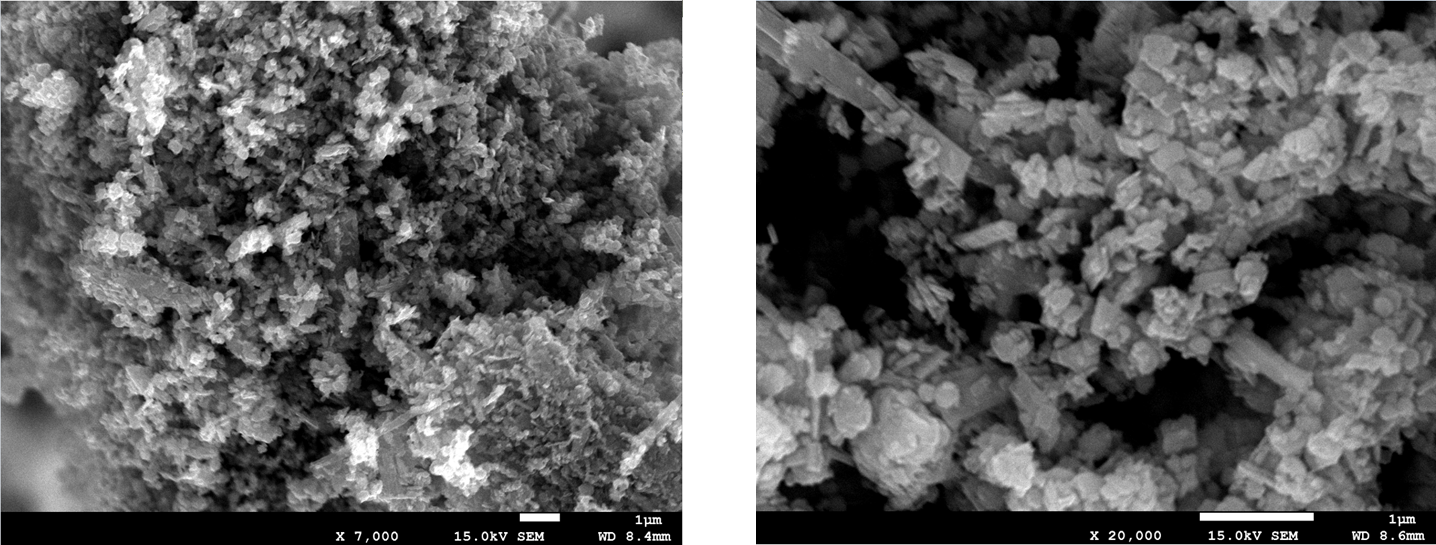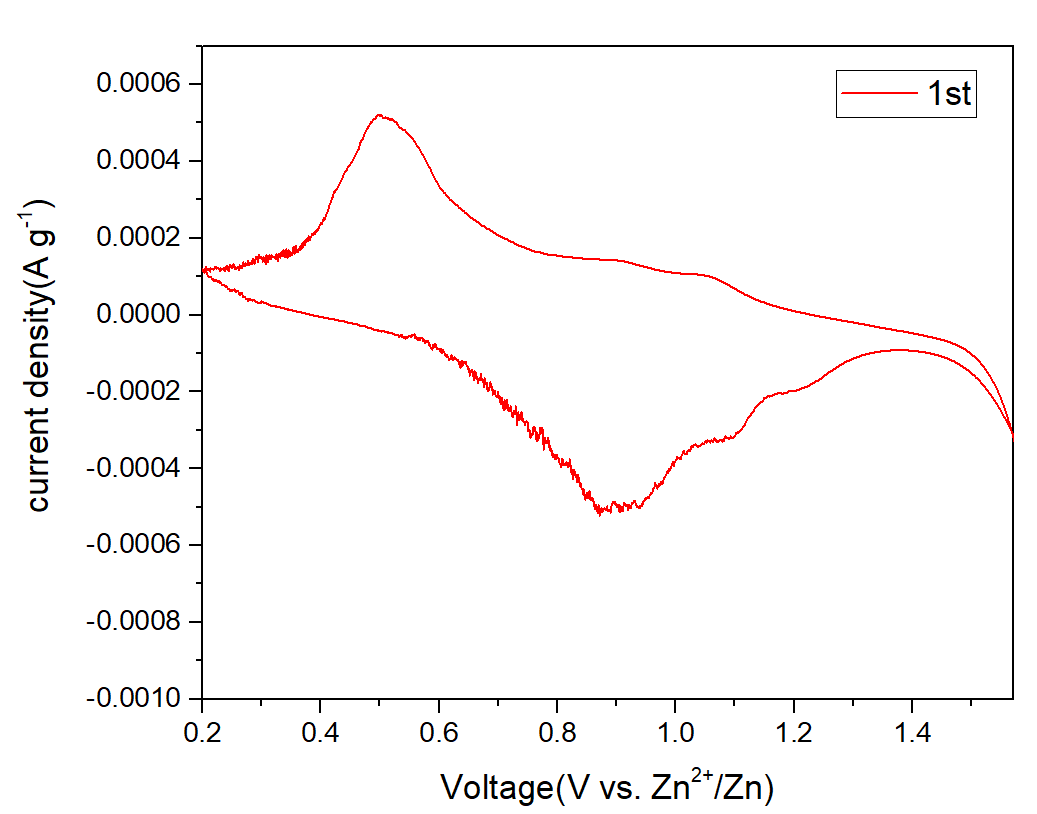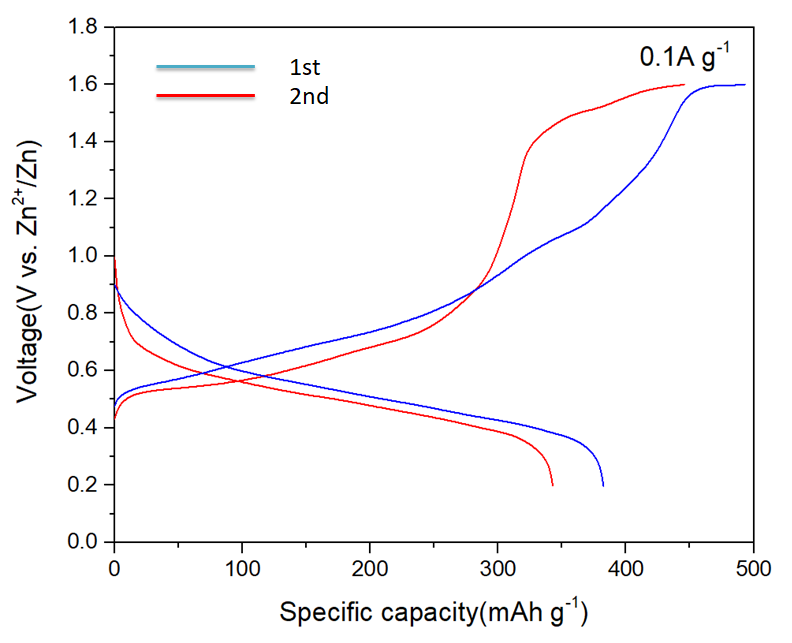钠离子稳定的钒氧化物正极用于高性能锌离子电池毕业论文
2020-04-25 19:39:06
摘 要
本文首先对现今新能源领域的发展趋势和电池的优势和重要意义做一个简单的概述。通过比较锌离子电池和锂离子电池之后,锌离子电池不仅是实现环境友好和安全的储能装置,而且为降低下一代电池的制造成本铺平了道路。但是锌离子电池缺少一个结构稳定的正极材料,所以导致循环稳定性比较差,因此我们在正极材料中引入了钠离子,钠离子的作用看作是支柱,在层状钒氧化物中的发挥作用,对于提供锌离子的高迁移率和保持结构稳定是重要的。本文的目的就是合成纳米的钒氧化物,研究其电极在锌离子电池中的电化学性能。实验思路是在V2O5中嵌入钠离子,能够有效地提高钒氧结构的结构稳定性,所以以V2O5和NaOH为原料,直接发生水热反应得到钒氧化物作为电池的正极,再通过XRD、SEM等对正极进行的结构及相貌的表征,将制备好的正极材料组装成电池后进行电化学性能测试。最后经过分析得出在正极材料中引入钠离子确实能够提高钒氧化物的稳定性,同时也提高了锌离子电池的电化学性能。
关键词:锌离子电池 钒氧化物 水热反应 电化学性能
Sodium ion stabilized vanadium oxide anode for high performance zinc ion battery
ABSTRACT
This article first gives a brief overview of the current trends in the field of new energy and the advantages and significance of batteries. By comparing zinc-ion batteries with lithium-ion batteries, zinc-ion batteries are not only an environmentally friendly and safe energy storage device, but also paving the way for lowering the manufacturing costs of next-generation batteries. However, the zinc ion battery lacks a structurally stable positive electrode material, which leads to poor cycle stability. Therefore, we introduce sodium ions into the positive electrode material, and the role of sodium ions is regarded as a pillar, which plays a role in the layered vanadium oxide. It is important to provide high mobility of zinc ions and to maintain structural stability. The purpose of this paper is to synthesize nano-vanadium oxides and study the electrochemical performance of their electrodes in zinc-ion batteries. The experimental idea is to embed sodium ions in V2O5, which can effectively improve the structural stability of vanadium oxygen structure. Therefore, using V2O5 and NaOH as raw materials, hydrothermal reaction directly takes vanadium oxide as the positive electrode of the battery, and then passes XRD and SEM. Electrochemical performance test after assembling the prepared positive electrode material into a battery. Finally, the test analysis shows that the introduction of sodium ions in the positive electrode material can improve the stability of vanadium oxide and enhance the electrochemical performance of the zinc ion battery.
Keywords: Zinc-ion battery, vanadium oxide, hydrothermal reaction, electrochemical performance
目 录
ABSTRACT II
目 录 I
第一章 绪论 1
1.1引言 1
1.2锌离子电池 2
1.3电极材料的选择 3
1.3.1负极材料 3
1.3.2正极材料 3
1.4锌离子电池存在的问题 4
1.4.1腐蚀 4
1.4.2钝化 5
1.5解决问题的方法 5
1.5.1电极添加剂 5
1.5.2电解液添加剂 5
1.6本论文研究目的及内容 6
第二章 实验过程和方法 7
2.1主要实验试剂和仪器 7
2.1.1实验试剂 7
2.1.2实验仪器 7
2.2实验思路 8
2.3实验方案 8
2.4实验流程 9
2.4.1制料 9
2.4.2制浆 9
2.4.3涂布 9
2.4.4敲片 10
2.4.5制备锌阳极 10
2.4.6组装电池 11
2.5材料的化学性能表征方法 11
2.5.1物质分析 11
2.5.2 SEM分析 11
2.6材料的电化学性能测试方法 12
2.6.1循环伏安测试 12
2.6.2充放电循环测试 12
2.6.3倍率性能测试 12
2.6.4恒电流长循环测试 12
第三章 性能测试和分析 13
3.1材料物相表征与分析 13
3.1.1 XRD 图谱与分析 13
3.1.2 SEM 形貌图像与分析 14
3.2电化学性能测试与分析 15
3.2.1循环伏安测试 15
3.2.2充放电循环测试 16
3.2.3倍率性能测试 17
3.2.4 恒电流长循环测试 17
第四章 实验结论与展望 19
4.1实验结论 19
4.1.1方案一 19
4.1.2方案二 19
4.2实验展望 19
参考文献 20
致谢 23
第一章 绪论
1.1引言
随着科学技术的不断提升和进步,能源的逐渐短缺和环境的恶化已成为人类赖以生存和社会发展必须应对的两大问题[1]。所以,发展太阳能,水能和风能等可再生能源已经变成各个国家趋势。电池作为一种有效的电化学能量存储装置,已广泛用于电动车辆和移动电话领域,然而,原电池会造成资源浪费,特别是传统的铅酸电池还容易导致严重的区域铅污染[2]。资源短缺和环境保护的迫切需要促使人们大力发展具有高比能量特点的新型环保电池系统[3]。在二次电池中,主要的电解质是无水有机溶液,具有较宽的电位窗口,通常可以实现高能量密度[4]。在不损坏电极材料的晶体结构的前提条件下,离子能够自由地在电极的活性材料中嵌入与脱出。因此,在循环性能方面锌离子电池和锂离子电池跟传统的镍氢电池和铅酸电池相比具有较好的性能。但是,有机溶剂一般是有毒和易燃的,所以在使用电池时要特别注意存在的一些安全问题。而且电池是在恶劣条件下在无水环境中制造,来增加其生产成本。这些因素限制了它们在大规模储能中的应用。用系统电解质代替有机电解质有望进一步降低电池生产成本并提高安全性。
此外,锌和锂都是碱金属,对于许多电化学活性的含锂氧化物,化学式中的锂被锌取代具有相似的活性。因此,通过学习锂离子电池材料的研究经验,近年来锌离子电池材料的研究取得了很大进展,技术发展迅速,但不可忽视的是锌和锂之间也存在很多差异。(如表1-1所示)
相关图片展示:
